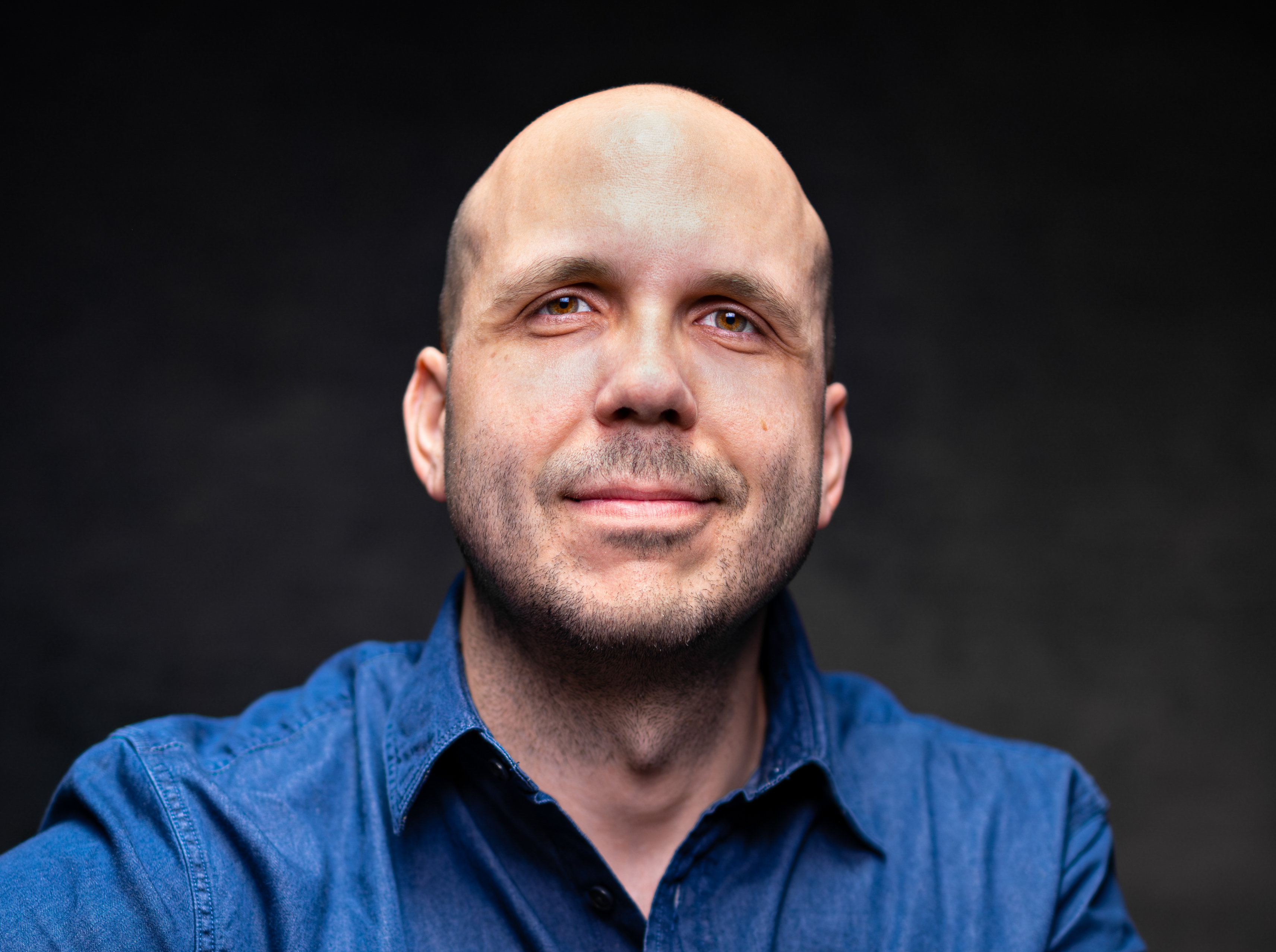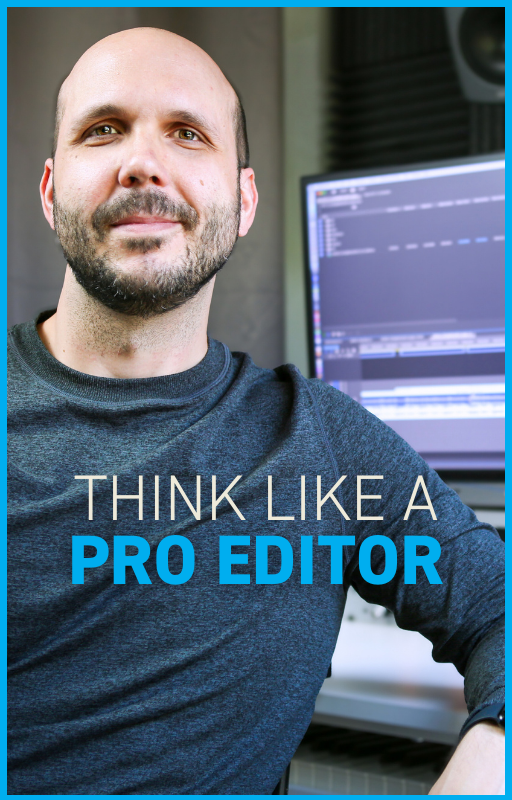How Pro Video Editors Approach Every Edit (Full Demo)
Mar 01, 2025When you think of making an edit, you probably think of matching on action—but what if I told you there was a better way to cut? I’ve been a pro editor for over 20 years, and today I’d like to invite you into my edit suite so I can show you a new way to think about editing, complete with actual examples so you can incorporate it into your own editing today. See the video above for the full lesson with scenes taken from a short film I cut called Treasure Imagination.
According to legendary editor Walter Murch, matching on action became the norm in early filmmaking because people weren’t really sure if the audience would even understand a cut. It is kind of a miracle when you think about it, that we can watch a series of shots changing over and over while taking in the story and not get distracted or overwhelmed. Those early filmmakers believed matching on action was a way to "hide" the cut since it draws your eye into the next shot through the action, disguising or distracting from the cut.
Also note that matching on action is not the same as a match cut. A match cut is when two shots are connected by something similar in the frame (for example, the boy in the video puts his hat on in one shot, and then it cuts to a different location with the hat framed up in a similar way).
You might be asking, “So what’s wrong with a match-on-action cut? You just showed one and it seemed fine.” Well, the main problem I have with match-on-action cuts is that they dictate the timing of the cut.
In another short scene there are the following two shots: the mom takes away the boy’s iPad, and the boy crosses his arms in defiance. The match-on-action version of these two scenes would be as follows:
I decide I want the mom to take away the iPad in the two-shot and the next thing that happens (the kid crossing his arms) is going to happen in the single. So when my go-to edit is the match-on-action, I simply let the two-shot play out until the boy begins to cross his arms. Then midway through the arm cross I cut to the closeup and try to find a spot in the action that matches nicely. To match on action, I adhere to the timing of the actor on set. It guides me. It tells me where to cut. The only thing I can change is where in the action I switch shots.
However, in the second (and final) version of the cut, by allowing the actions to play out in different shots, I can choose the timing of the shot. I can cut to the next shot on any of the frames before he crosses his arms. And I can cut into the arm cross on any of the frames before he crosses his arms.
Walter Murch calls this second approach “nodal” editing–nodal meaning different parts. Instead of cutting mid-action, each shot contains an entire distinct action, giving you much more control over the timing of the edit. Murch suggests we should cut when it feels ‘"inevitable", which is what I did in the second version. Cutting out on the frame I did felt best to me given all of the context of what’s happening in the scene. And cutting in on the frame of the closeup felt right given the context.
You might be saying, “This is great! I’ll never match on action again!”. Well, matching on action is still a very effective technique. There are two scenarios in particular where I love to use it. The first is when I want to draw the viewer's eye to an object—like the cut of the boy lifting the golden idol out of his bag in the beginning of the video. I love how the cut keeps your eye locked on the idol. Another time I love to use it is during intense scenes where a lot is going on, like a fight scene. Sometimes it does help to connect two shots visually with a match-on-action to allow the viewer to follow what’s going on.
So what I’m saying is that matching on action may be one of the first types of edits you learn, but it should rarely be your first choice. Next time you’re editing, try thinking nodally first and only use the match-on-action cut when there’s a good reason to do so.
So what’s the hardest part about cutting this way? Well, it means that now you are in charge of what frame to cut on, not the actor in the scene. This takes lots of practice.
And how can you practice?
Watch a shot with your finger over the spacebar and stop when it feels to you that it should cut to the next shot. Do it again (and again!) and see how close you get to the same frame.
I believe I got this from, you guessed it, Walter Murch. It’s a pretty fun exercise. The idea to practice "feeling" the scene. Your gut is telling you where to cut. It may be difficult to start, but putting in these reps will improve your editing where it counts–creating scenes with a great feel.

Austen is an ADDY award-winning film & commercial editor with over 20 years of experience. He has worked with global brands like Meta, KPMG, SAP, and Christianity Today. His PSA work has championed causes like school safety (with Matthew McConaughey), driving safety, and anti-tobacco. A thought leader in the editing field, his online lessons quickly amassed over 100K views after launch.

